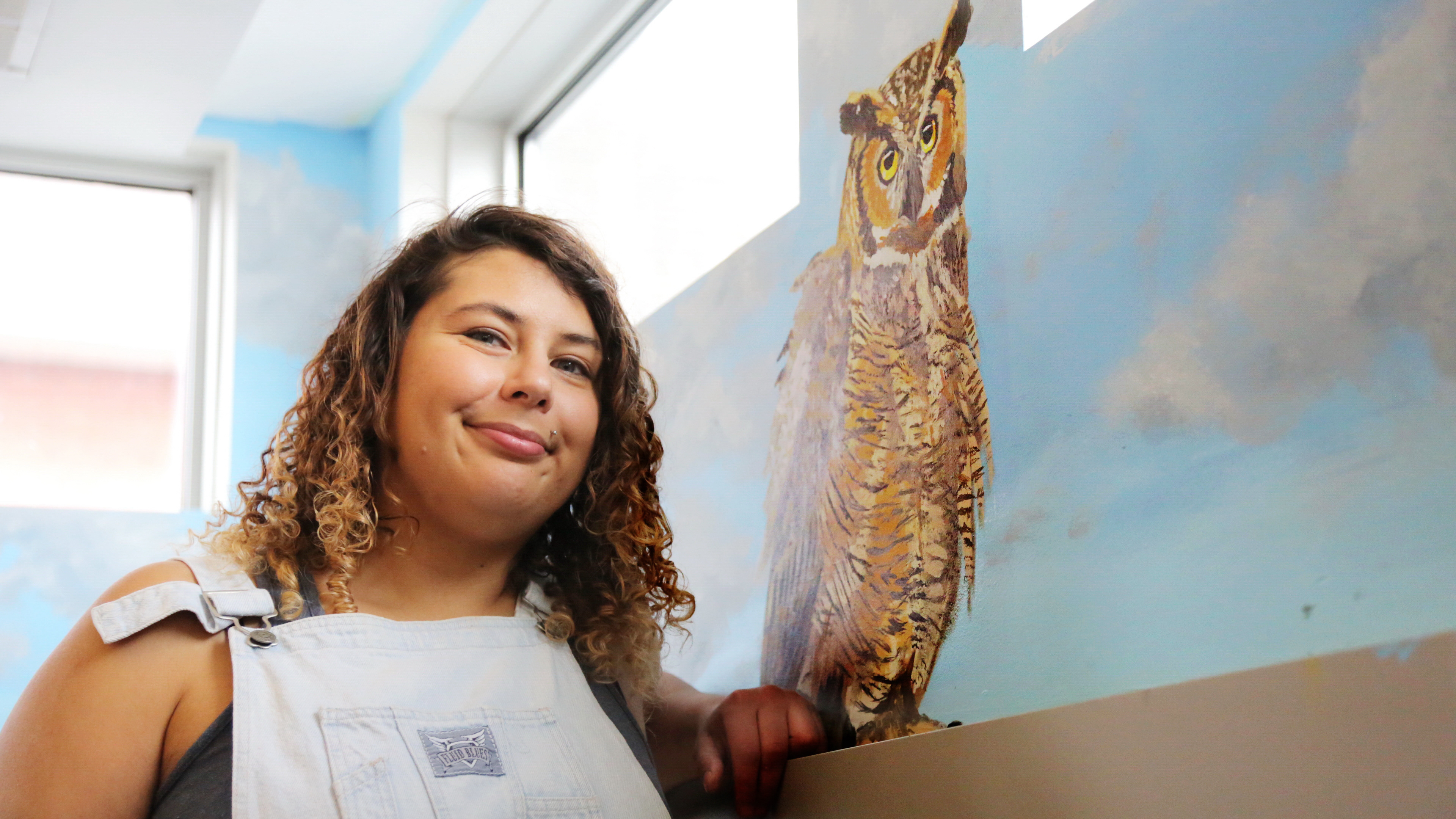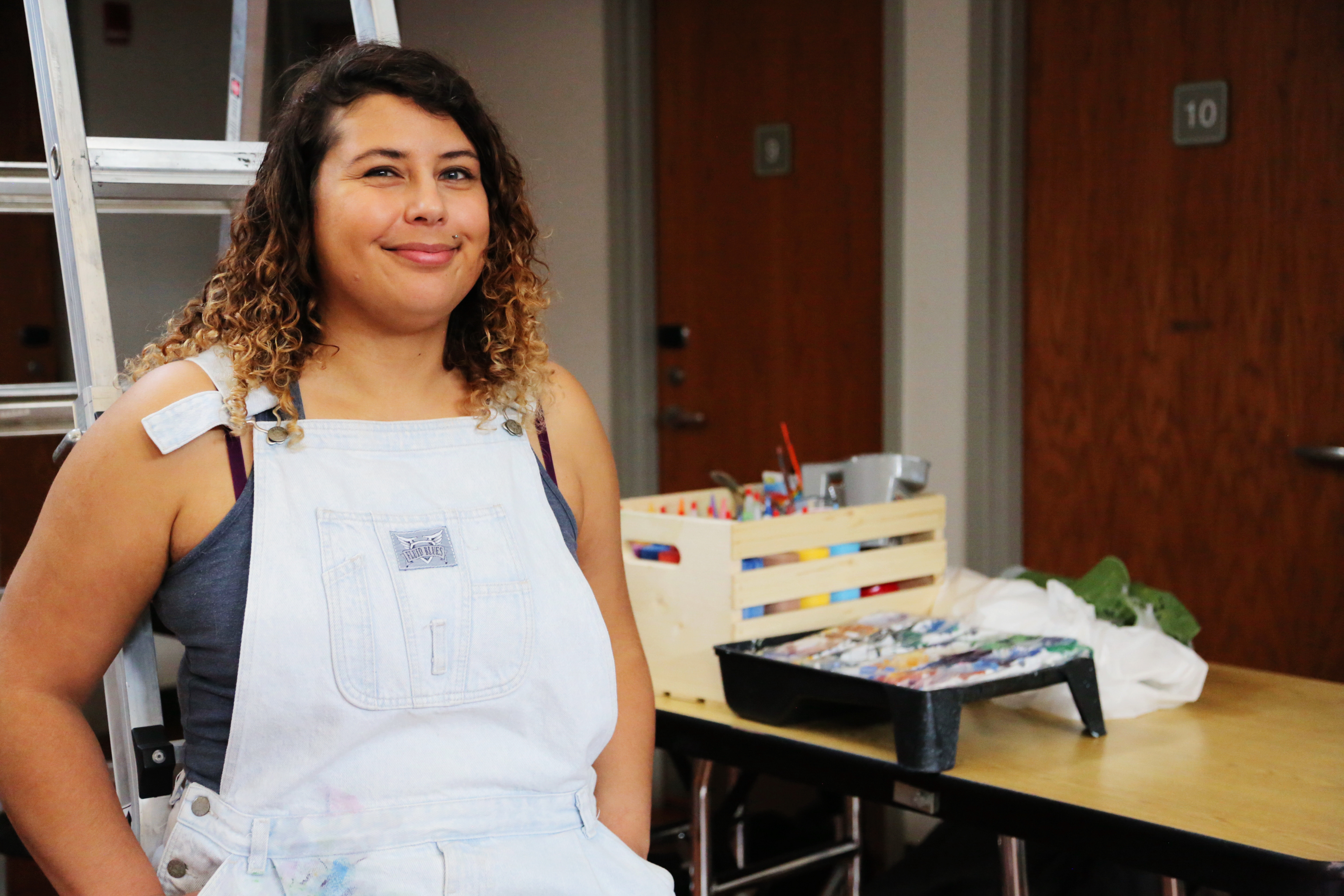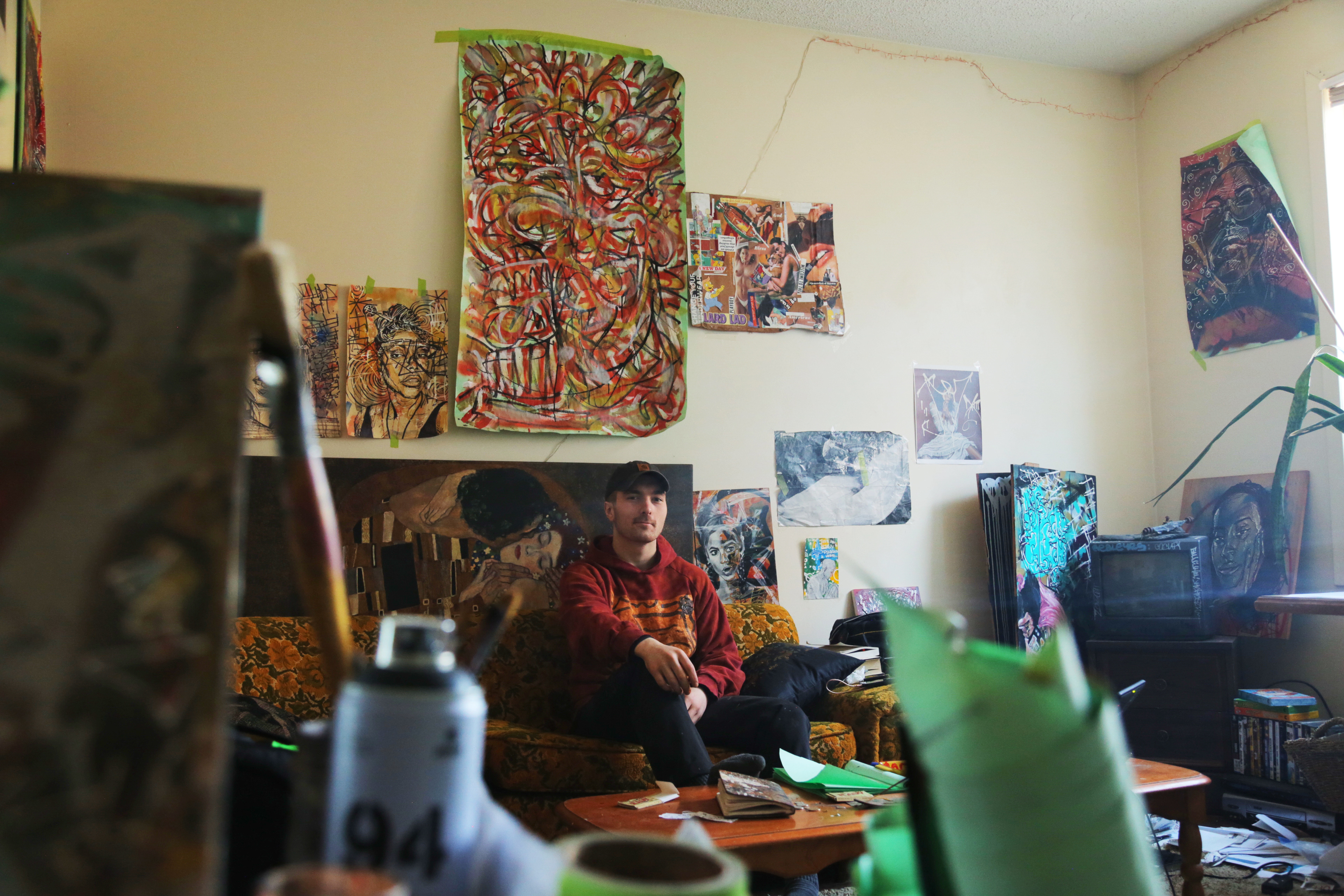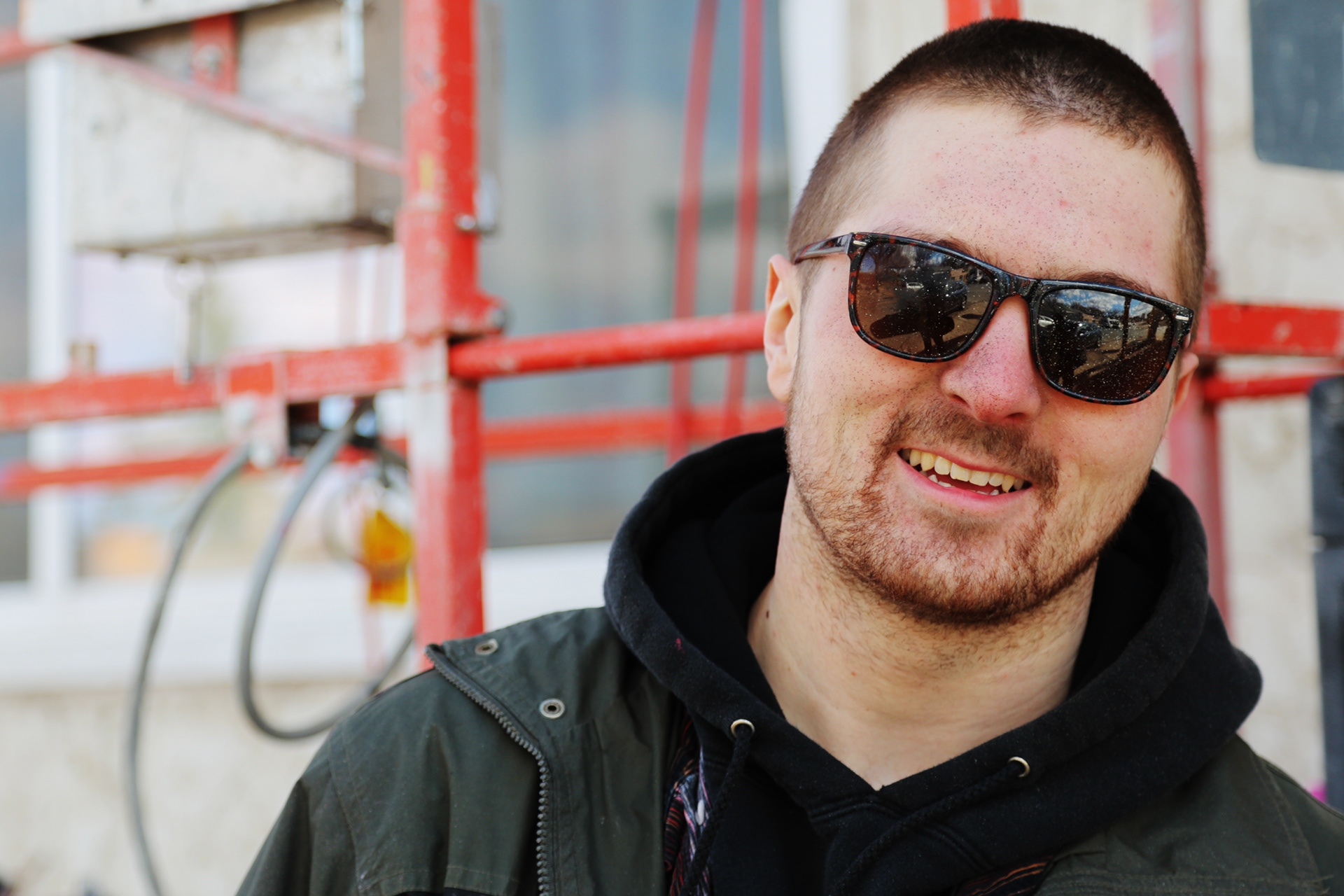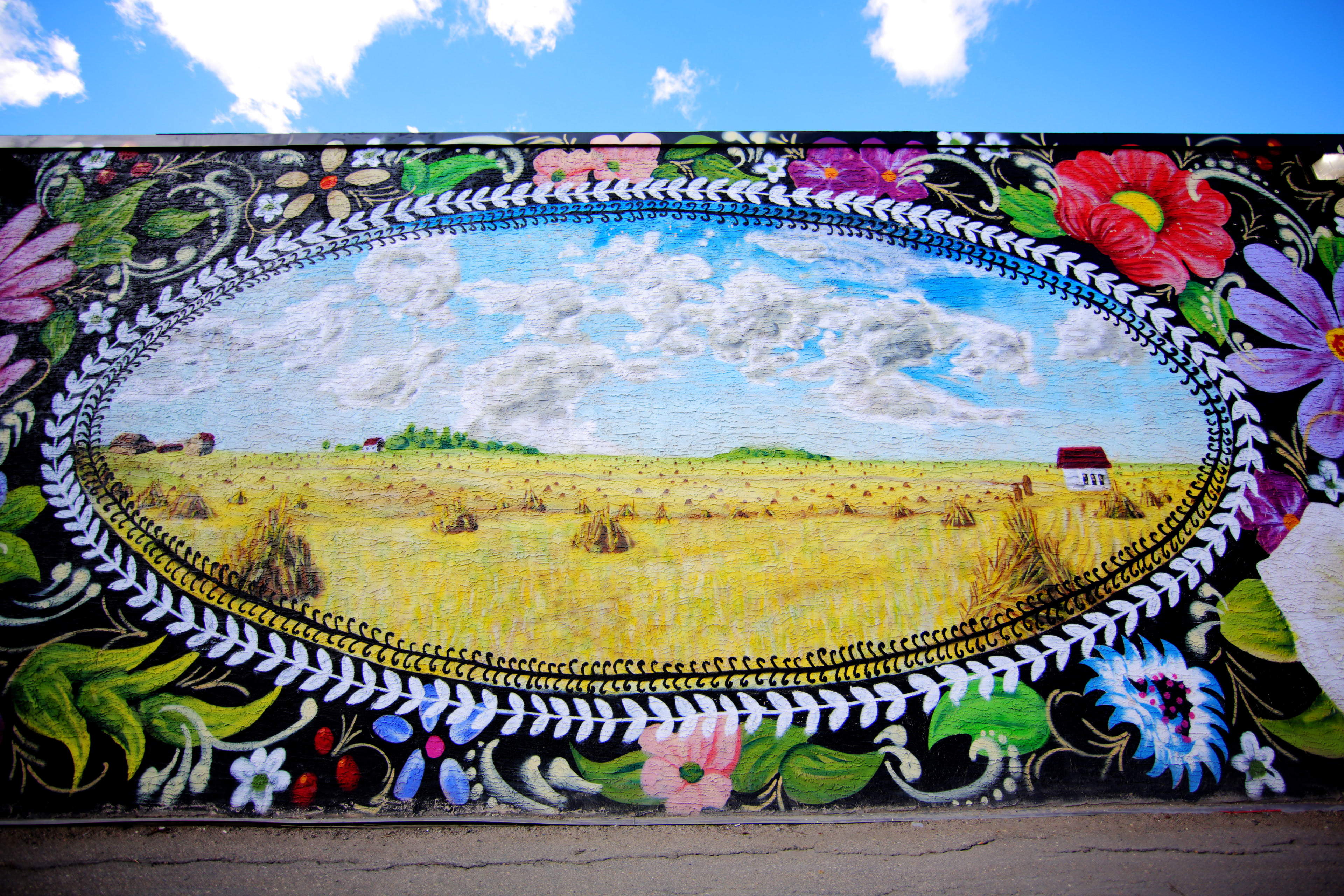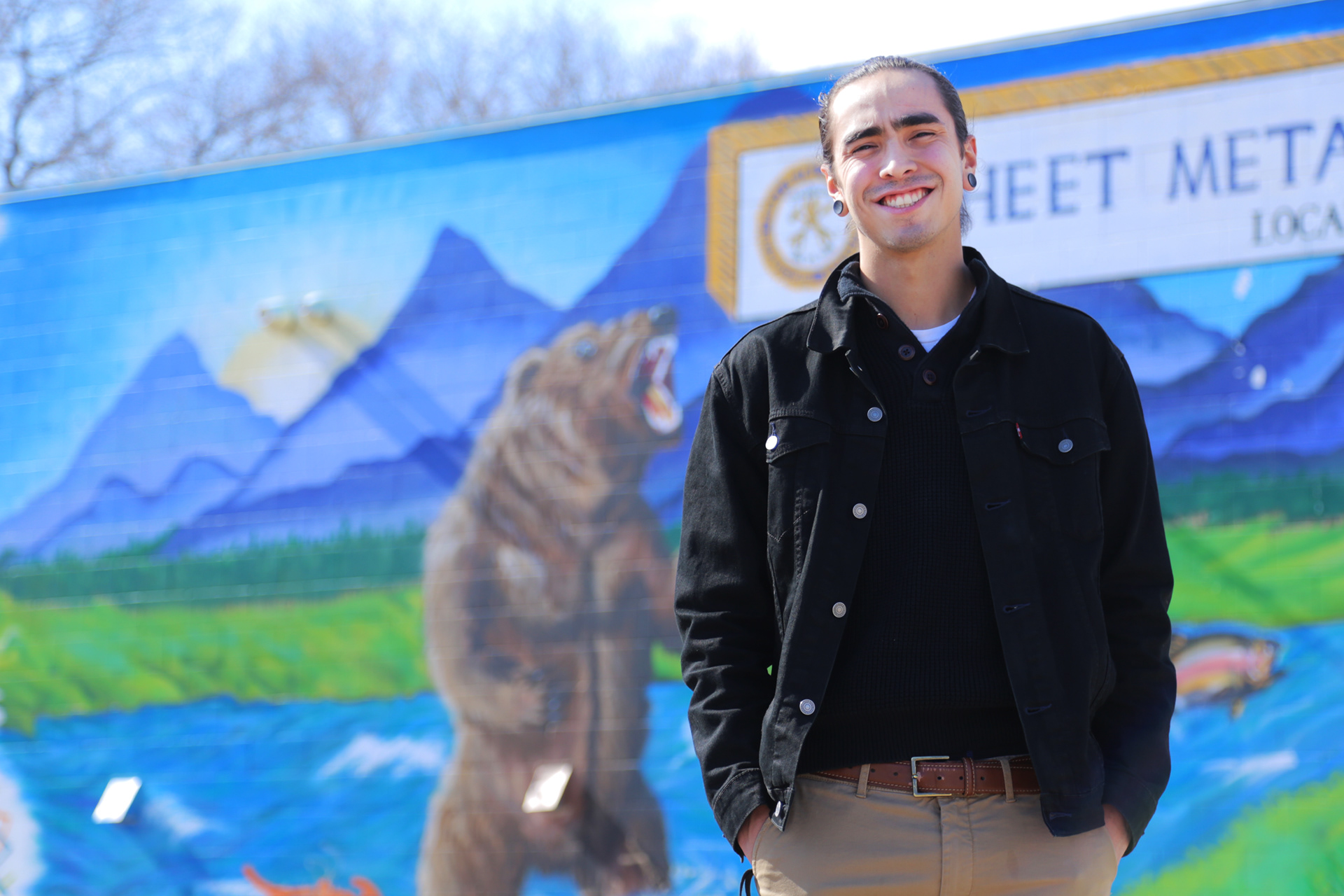
Regina’s graffiti scene is painting a fresh coat over tagged walls. Positive graffiti art is starting to bloom, bringing bright colours and scenery to life.
From the Ukrainian Co-Op to the Steel Workers on 11th Ave, art is starting to be seen in areas traditionally known as less safe or disadvantaged to help make them feel safer.
Walking through one neighbourhood, there is the General Hospital and Police Station Headquarters, along with some buildings that are a little worse for wear.
But turning the corner, there is a mural of a large bear by the river with salmon jumping around. Further to the left, there are more styles than one could count with youth having painted to their liking all around.
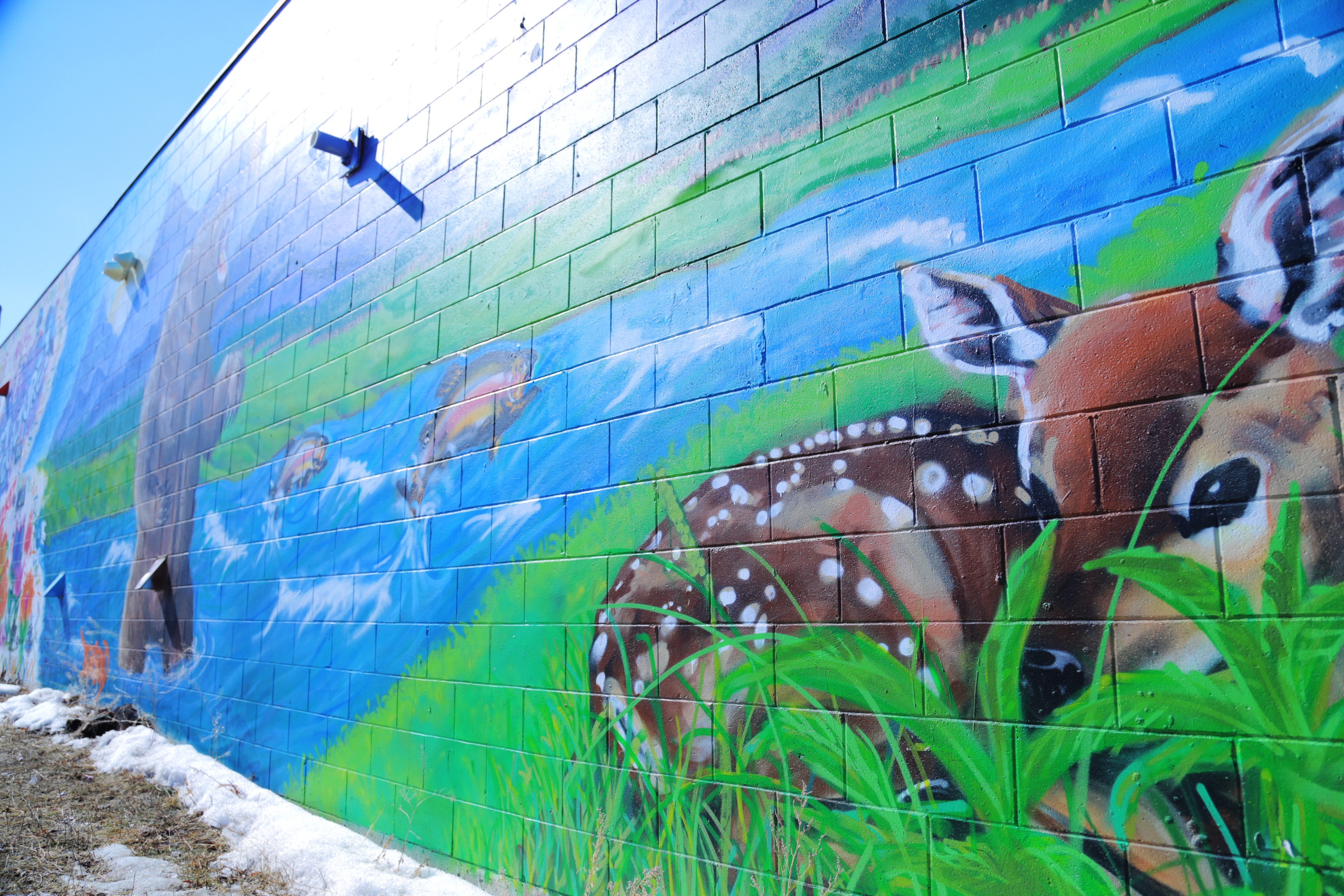



The artists working to brighten up the neighbourhood started off as those young kids, looking to find their way.
“When I was younger, I used to do it like illegally a little bit,” Benjamin Ironstand laughed.
Ironstand is one of the more well-known artists in the Queen City. His works are surrealism as he tries to show authenticity and incorporate his own culture into his work. Ironstand is immediately inviting with a warm personality. The 24-year-old walked up to the bear and river mural with a smile of pride.
In the beginning, Ironstand was contacted by Lannah Hall, who was hoping to start an art program for at-risk youth at Street Culture Kids. Hall is the program director at the organization that helps at-risk and homeless youth through mentorships and programming.
“I was like, super excited,” Ironstand said about hearing of the program. He signed on quickly.
“Spray painting, it was like a huge learning curve for me because I'm used to working with like tiny brushes, right, where I can really get the detail in. But then with the spray paint it's like it's a wider sort of spray.”
“It’s super enjoyable to make the art,” Ironstand said.
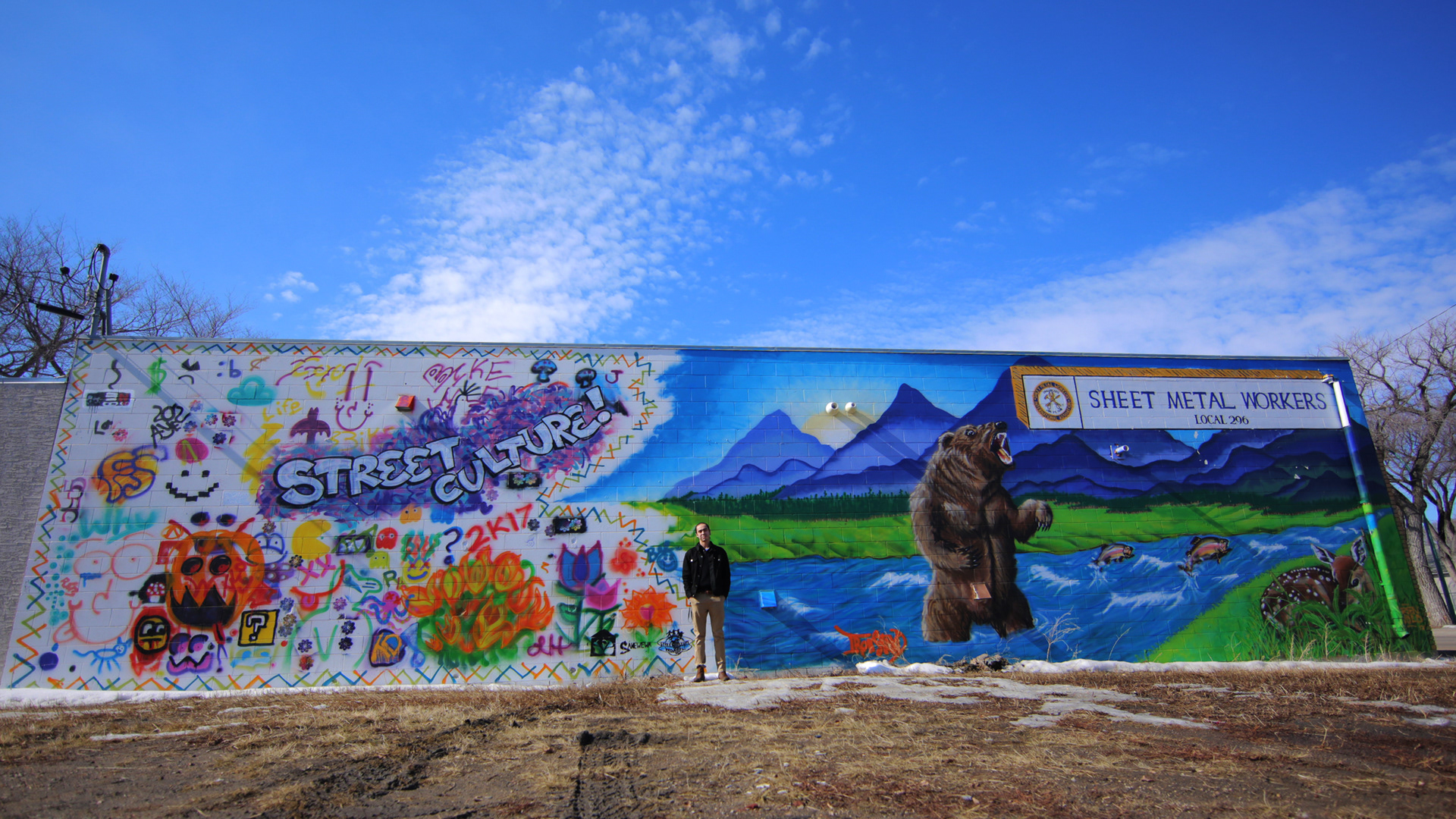
Ironstand combines his culture through the design and colouring of his work.
“It's important to me that other Indigenous people, specifically youth, can see their culture represented.”
Ironstand said there is not a lot of representation of Indigenous people around and often it is negative or stereotypical.
“I kind of wanted to represent, you know, Indigenous people and just our art that is beautiful,” he said.
Growing up, Ironstand did not have Indigenous art like that to look up to or a strong sense of his identity as an Anishinaabe person, he said. Ironstand talked to his grandparents about their own experiences and started educating himself.
“That's sort of like a history of colonization, residential schools,” he said. “My family didn't talk about that a lot, you know, until I started to explore it.”
When he started combining his culture in his murals, one of the first ones was with Street Culture Kids in an alleyway. Kids stopped by as they were walking by and asked questions about his work.
“I'd give them the spray can or give them tips, or tell them what to do, let them help me. Because I wanted them to feel like they own the space.”
“I didn't want it to be just myself making the art,” he said.
He wants youth to see that they can be successful, he said.
“I wish I would have more opportunities like that growing up,” Ironstand said. “It's important that these kids can get into this world somehow.”
“It was definitely a project that needed to happen,” Lannah Hall said.
The program director was looking to do more youth engagement at Street Culture Kids, but wasn’t sure about how well it would do. Now it is done in partnership with the Heritage Community Association, just down the street from the emergency shelter.
“After the first year that it had run, it just went so well,” she said. “It certainly has changed, I think, how our spaces look, but also kind of how our youth are interacting with the space.”
“The main hope was to get some engagement from youth who were actively involved in, like street life and transient lifestyles,” she said.
The shelter sees a variety of youth, some that have multiple barriers with mental health issues, addictions or trauma, she said. When they work on art projects, it opens the youth up and can also teach the mentors about the youth in a different way. They also wanted to challenge the gang graffiti that was becoming overwhelming in the area, Hall said.
“We had kind of talked about how murals are the best offense to gang graffiti or like random graffiti in the community,” she said.
When youth come into the shelter from out of the area and see the gang graffiti, it can make them feel as though they are in a dangerous place, Hall said. Having positive mural art around provides a sense of safety and creativity.

“It's been having a really exciting impact,” Shayna Stock said of the murals.
Stock is the executive director of the Heritage Community Association.
“It's nice to be noticed for something great and beautiful,” she said. “As opposed to being noticed for some of the crime or gangs that are prevalent in our neighborhood as well.”
Having the youth involved with something that’s appreciated by the neighbourhood cultivates a strong sense of pride and connection, Stock said.
“Inner city neighborhoods often get a bad reputation for being scary or violent. And when young people are growing up in neighborhoods like this, it can be a source of shame,” Stock said. “For [youth] to be able to find a source of pride and connection to the place that they live, I think is really, really important.”
“We haven't actually even seen any graffiti over those murals,” Lannah Hall said. “That tells me that it's being effective in what we're trying to do and reduce that.”
More business owners have approached Hall asking to have walls painted, she said.
“I really hope that the community continues to respond to it,” Hall said. “And create something that we want, something we need.”

“I like working with kids because they are little open sponges,” Jamie Reynolds said.
Reynolds is a 34-year-old mother of two, balancing her artistic work with another job and being a single mom. Reynolds is first Artist-in-Residence for the Heritage Community Association and has been working on an indoor mural at Street Culture Kids’ 11th Ave Emergency Shelter.
Reynolds has been teaching clinics with kids and is planning more murals with youth. Kids are a lot less perfectionist than adults, she said.
“Kids don't care. If you tell a kid like ‘This is how we're gonna paint a tree.’ And then either they'll do it, and it'll look like a kid painted it. Or they'll just do their own fucking thing. They don't care,” he laughed. “But they're still happy with it.”
“They don't put that pressure on themselves to make it look perfect.”
Reynolds has been involving the youth while she paints a sky with animals at the shelter. Her painting overalls have small splatters of paint all around as her curly hair bounces when she laughs.
She has only been painting for about six years. Reynolds did her degree in arts as a ceramics major at the University of Regina, but did not picked up a brush. When she had her son, clay was simply not as portable and affordable as painting.
“I didn't take any classes,” she laughed. “I learned from YouTube.”
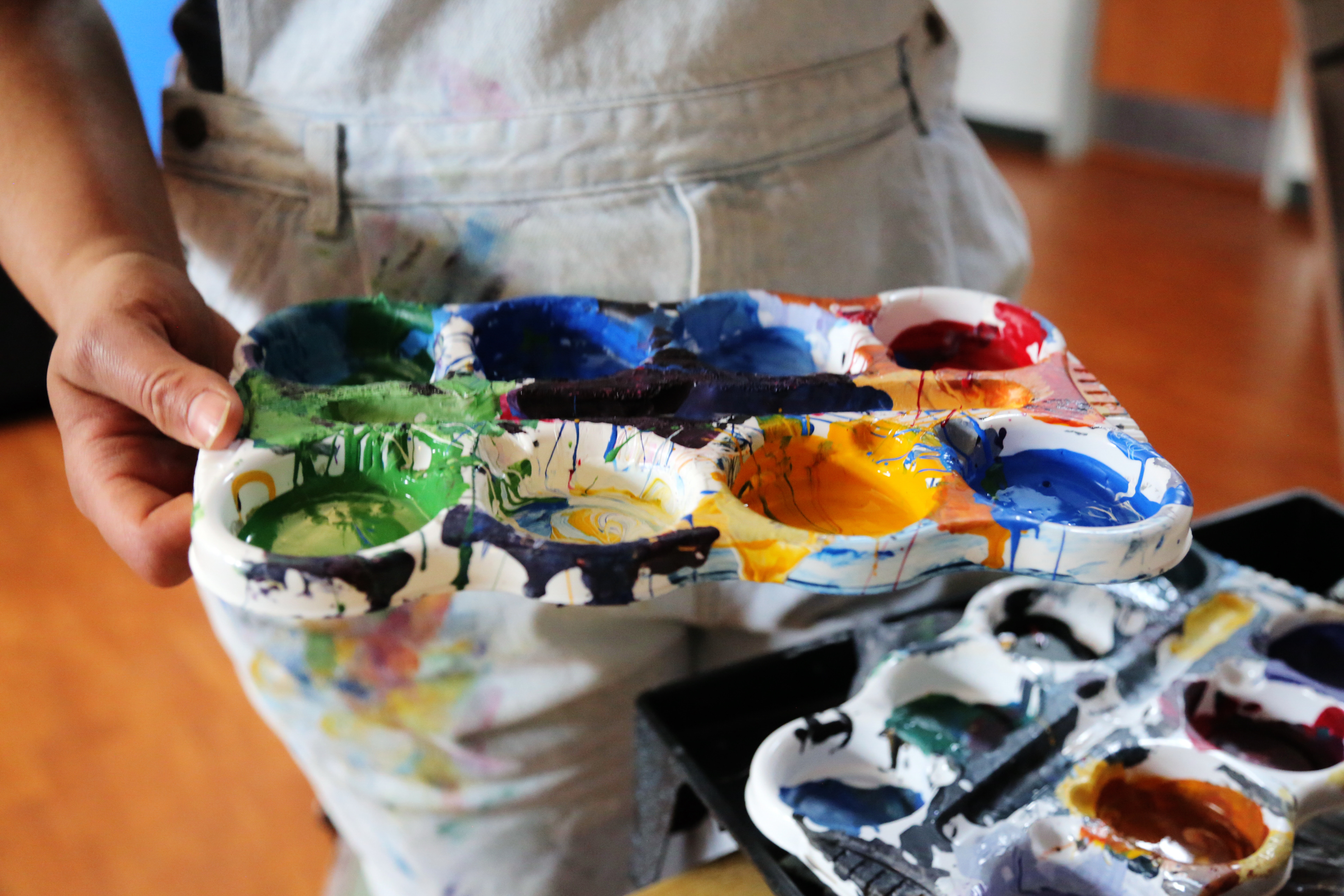

It was through Ironstand that Reynolds made the transition from paper to walls. Ironstand asked if she could help him paint the Tipi Liners at the First Nations University of Canada.
“It was fun, being able to translate my skills to a very large canvas. Because those things are like six foot by like 50 something feet.”
The next outdoor mural Reynolds is hoping to do this Spring is the Salvation Army near Downtown Regina. It has an L-shaped wall that is facing an empty lot. She is also hoping to recruit another artist to help, Roberto Lopez Lopez.
“I feel like that's the good part of this project,” she said. “It's really important that I get the opportunity now in my position to be able to share some of that with other artists.”
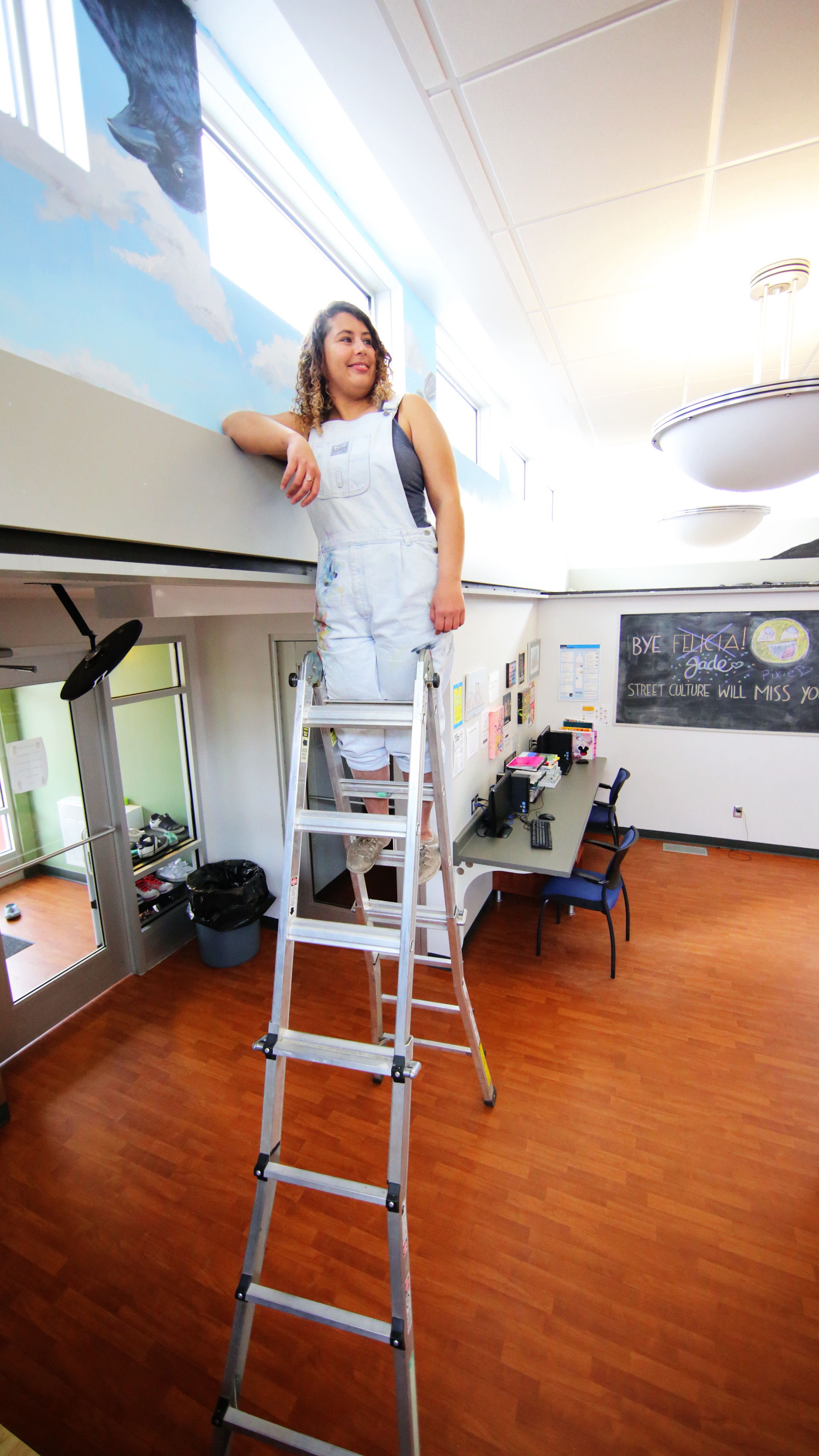
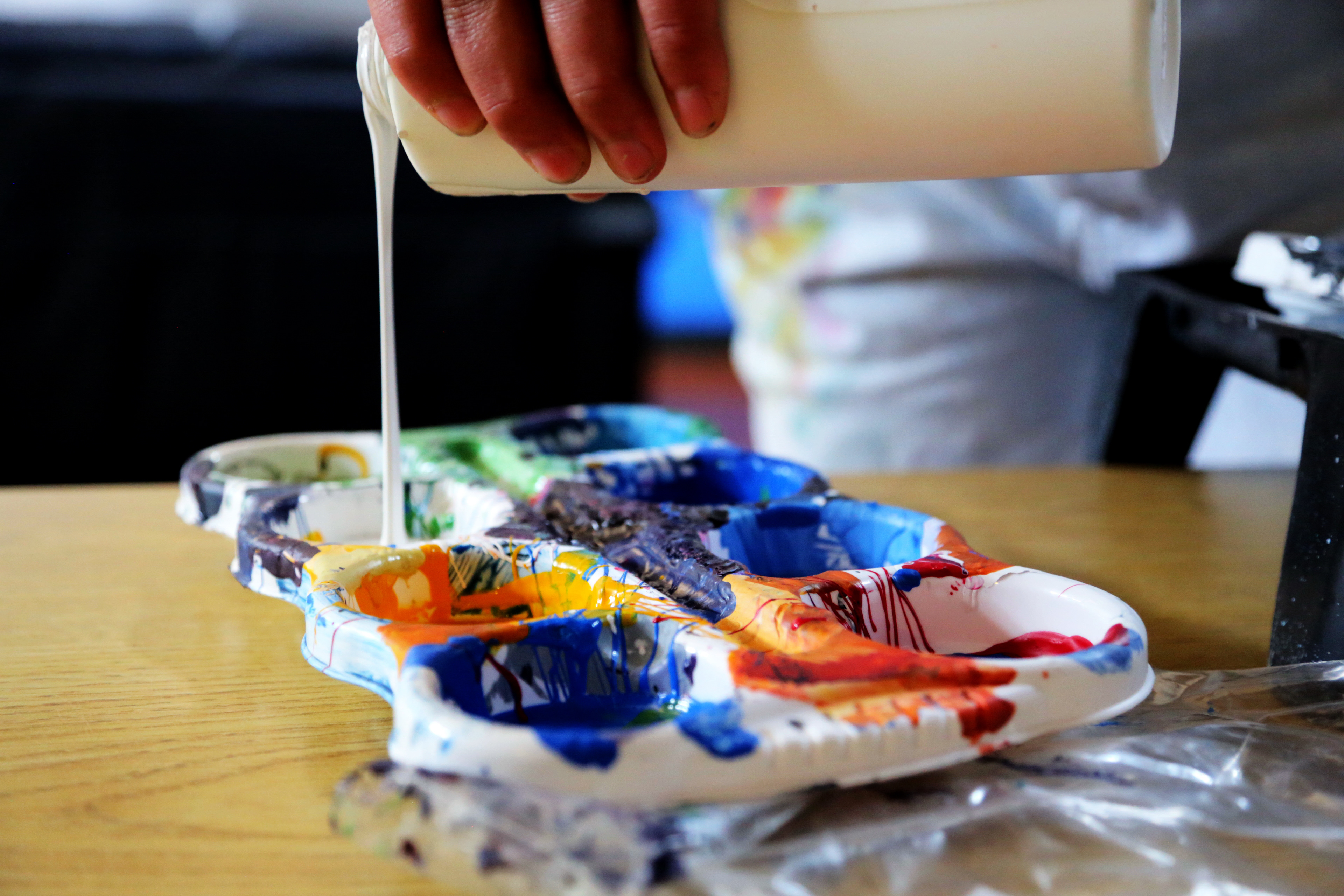
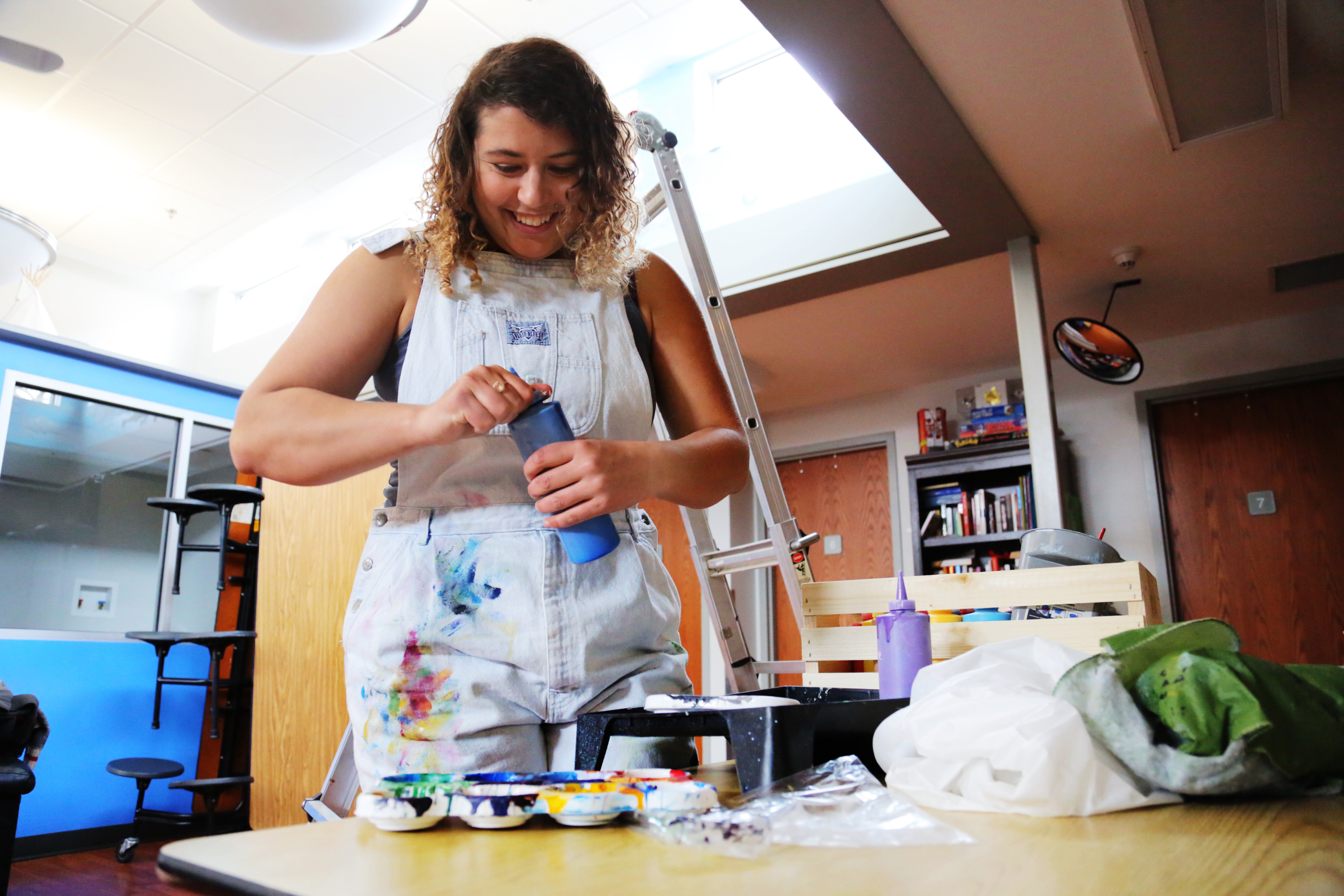
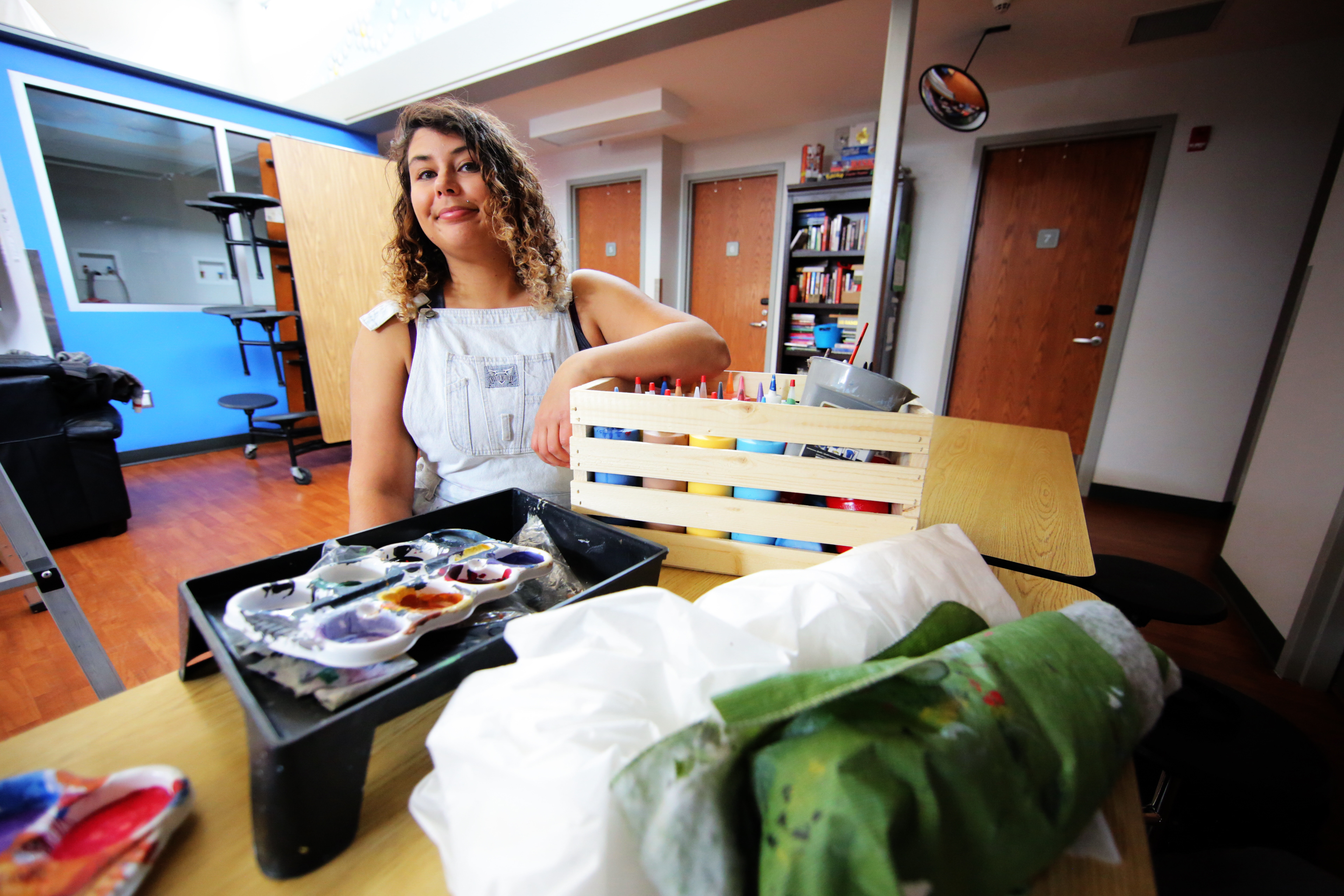
Reynolds also hopes youth are proud of their work and their community.
“That confidence about that they can do these things, but also, just hoping they have fun with it.”
“I'm also trying to teach them like a little bit of a new skill set. Which, like, hopefully they use for the right reason,” Reynolds laughed. “We do try to talk to them about appropriate uses of graffiti, and you should not be tagging.”
Another artist wants to see all of Regina lit up with murals, and he is starting by trying to change the older generation’s attitude towards the art.
If you’ve seen the large flowers that cover the Ukrainian Co-op from floor to roof, then you will know of the artist Jez 11. His real name is Jeremy Diewold-Brenner but prefers to go by his artist nickname, Jez.
While growing up in the heritage neighbourhood near downtown Regina, Jez started drawing.
“I've been doing it forever,” Jez said. “My parents have old pictures of me when I was like one or two painting like for hours and hours.”
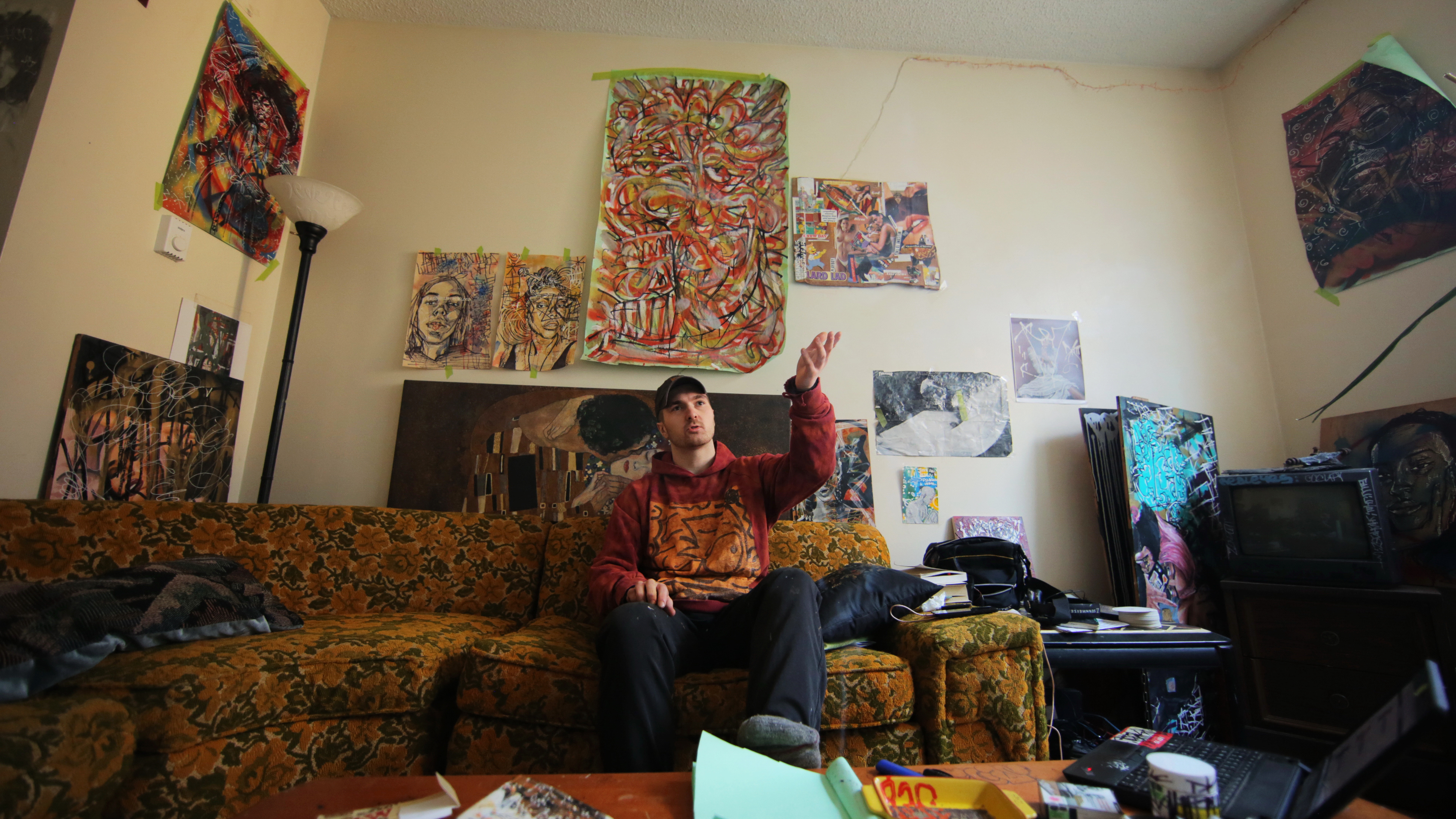
They were young parents who supported his creativity.
“They'd walked in on me and I would start on the paper and slowly move up on my hand and then try to make it even one on the other hand and move up to my face,” he laughed, showing the way he’d work up his arms.
His small apartment is littered with artwork and has a corner dedicated to a small studio space with papers covering the floor to catch any paint that falls. For Jez, art is an evolution of trying to understand different parts of life.
“It's less about making a certain image. It's more I need to get something off my chest,” he said. “I learn from art and I apply it to my life, and I learn from life and I apply it to my art.”
Jez hopes to open a gateway to more murals in the city by showing the older generation how graffiti art can be full of expression but still true to the neighbourhood.
“It's about trying to change the public's mind on art is in order to let more expression in,” he said.
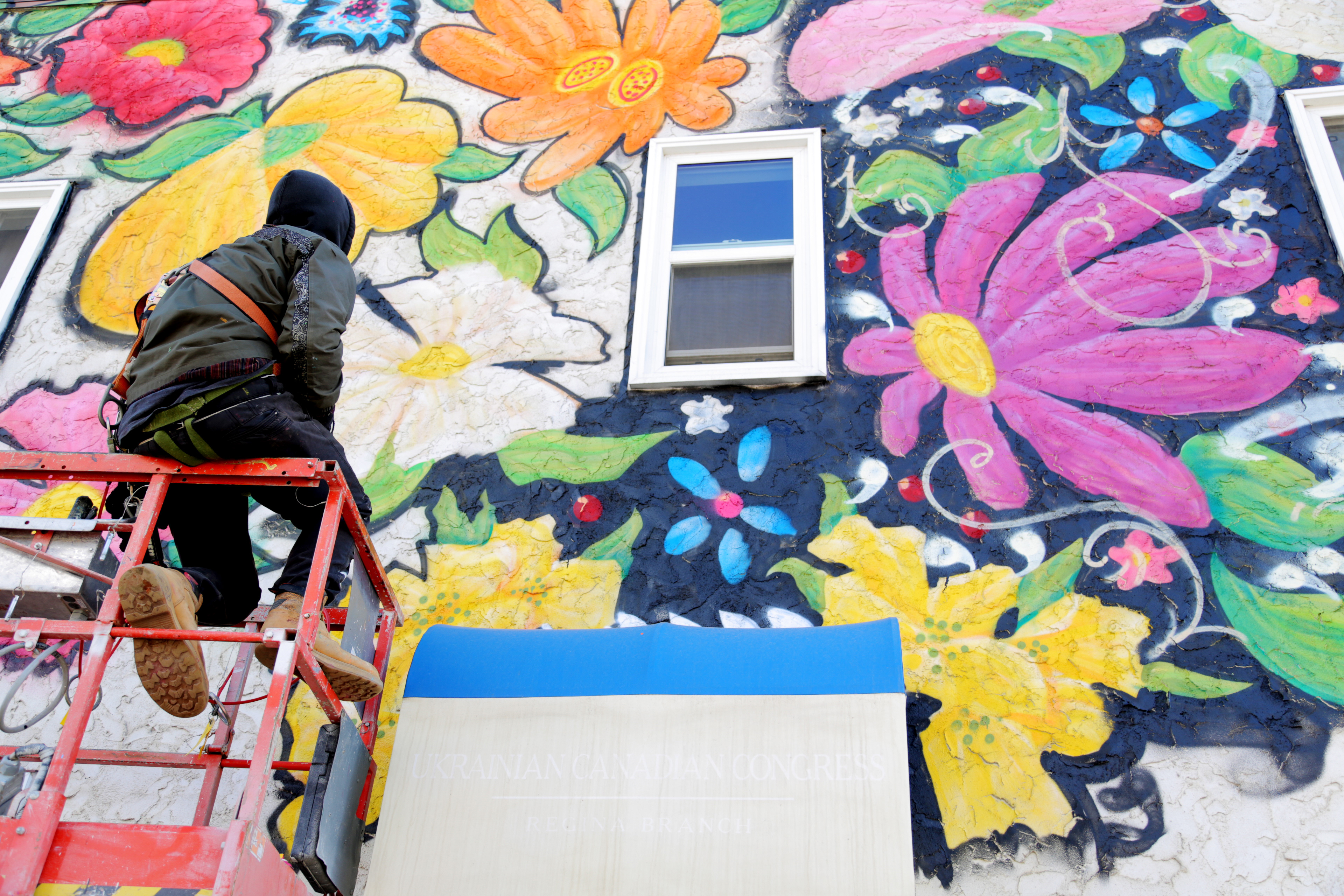
Jez said especially with the Ukrainian Co-Op, a number of older people have stopped and chatted.
“There's a lot tons of old ladies who would walk up and be like ‘This is awesome,’ ‘I'm so happy.’”
One older woman in particular, started an argument about young kids using graffiti art to express themselves and how she did not believe that was right.
“And I was trying to explain my point. Like I wouldn't be doing this beautiful mural that people enjoy without being a little shit who painted on other people's stuff, right?” he said. “I'm trying to be able to create a little bit more leeway for kids to make more mistakes.”
There is a misconception with graffiti sometimes, he said. People often think it is teenagers who are angry at the world, when in reality it’s 12 to 18 year olds simply trying to figure out their place.
Graffiti art can make youth and others feel more at home, he said, and there is more enthusiasm needed for the arts.
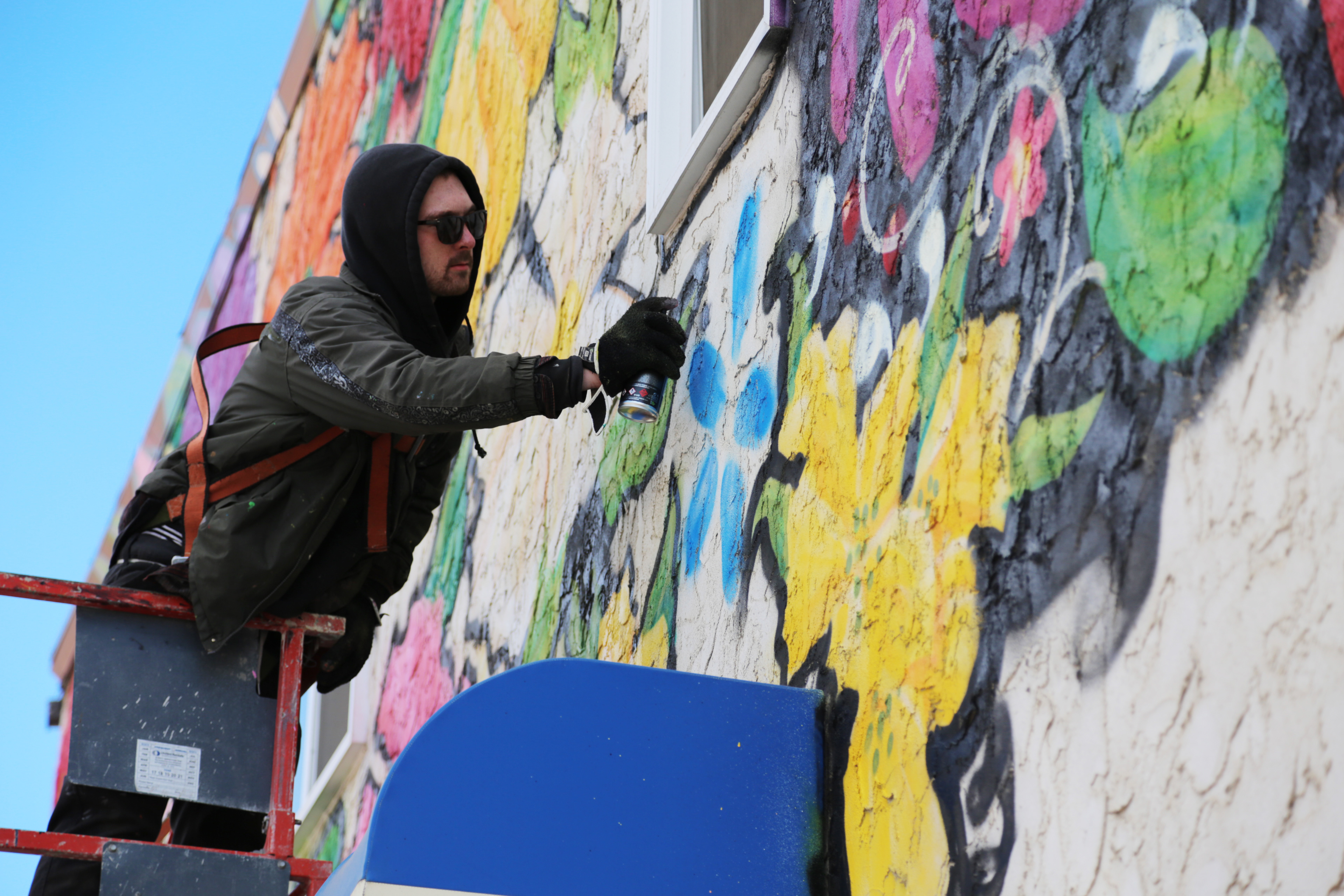

“As much as I love the city, it's very much a bureaucratic city, right? And I find a lot of people push out other things that don't quite mesh with that a lot of the times and I want to try to bring a little bit more of that back.”
“We have more than enough walls in the city. And we don't have nearly enough participation or like excitement, or care about murals,” Jez said. “It helps to decorate the space in the way that can make you a little bit more proud.”
Jez also works with Street Culture Kids and the Heritage Community Association to bring more artwork to the city.
“Being able to make kids in the community try something different with their life, or have a little bit more hope in some bad situations...That's the best I can do,” he said.
“Like magic really, is what I see it as,” Jez said. “You try to change the world around you.”
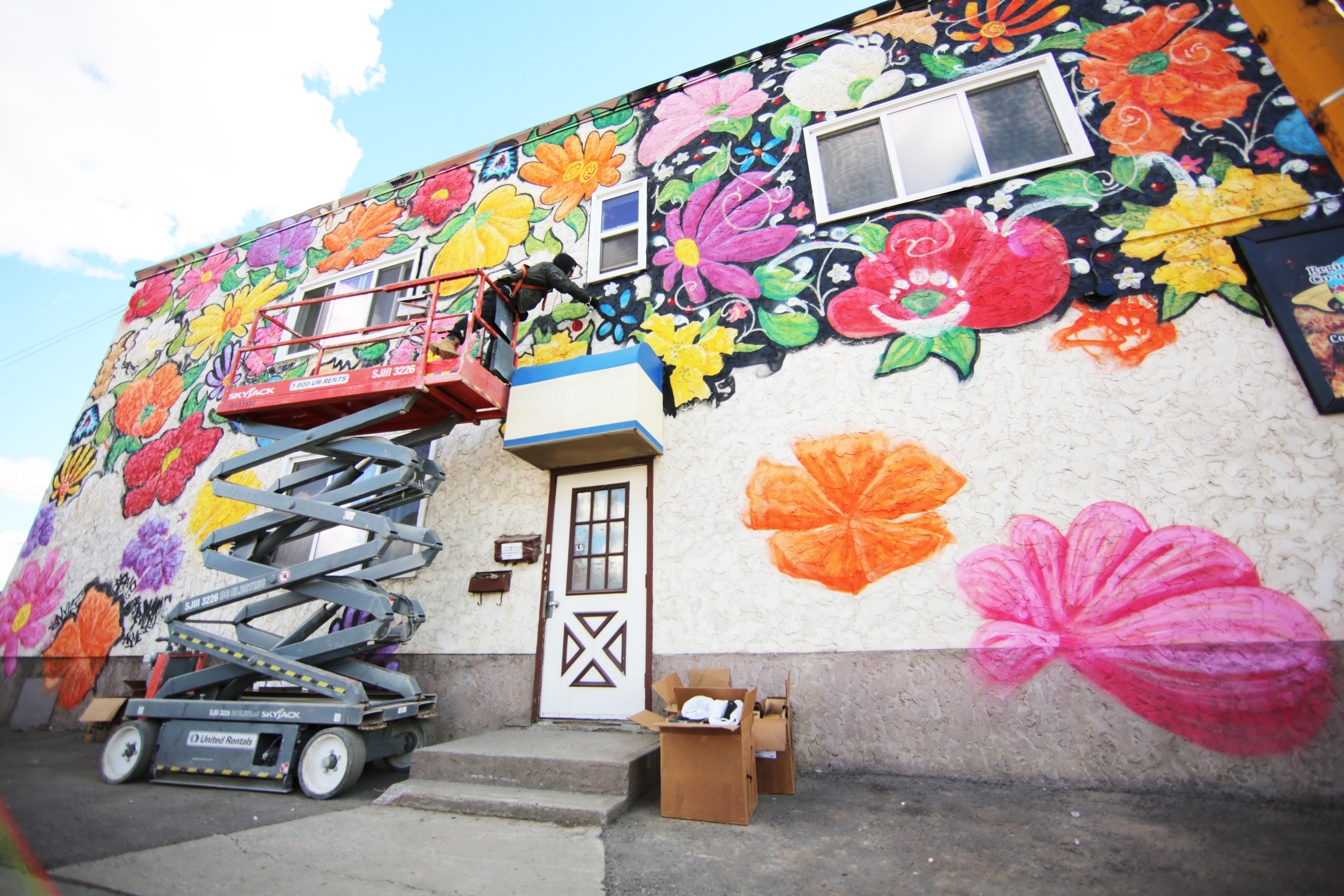


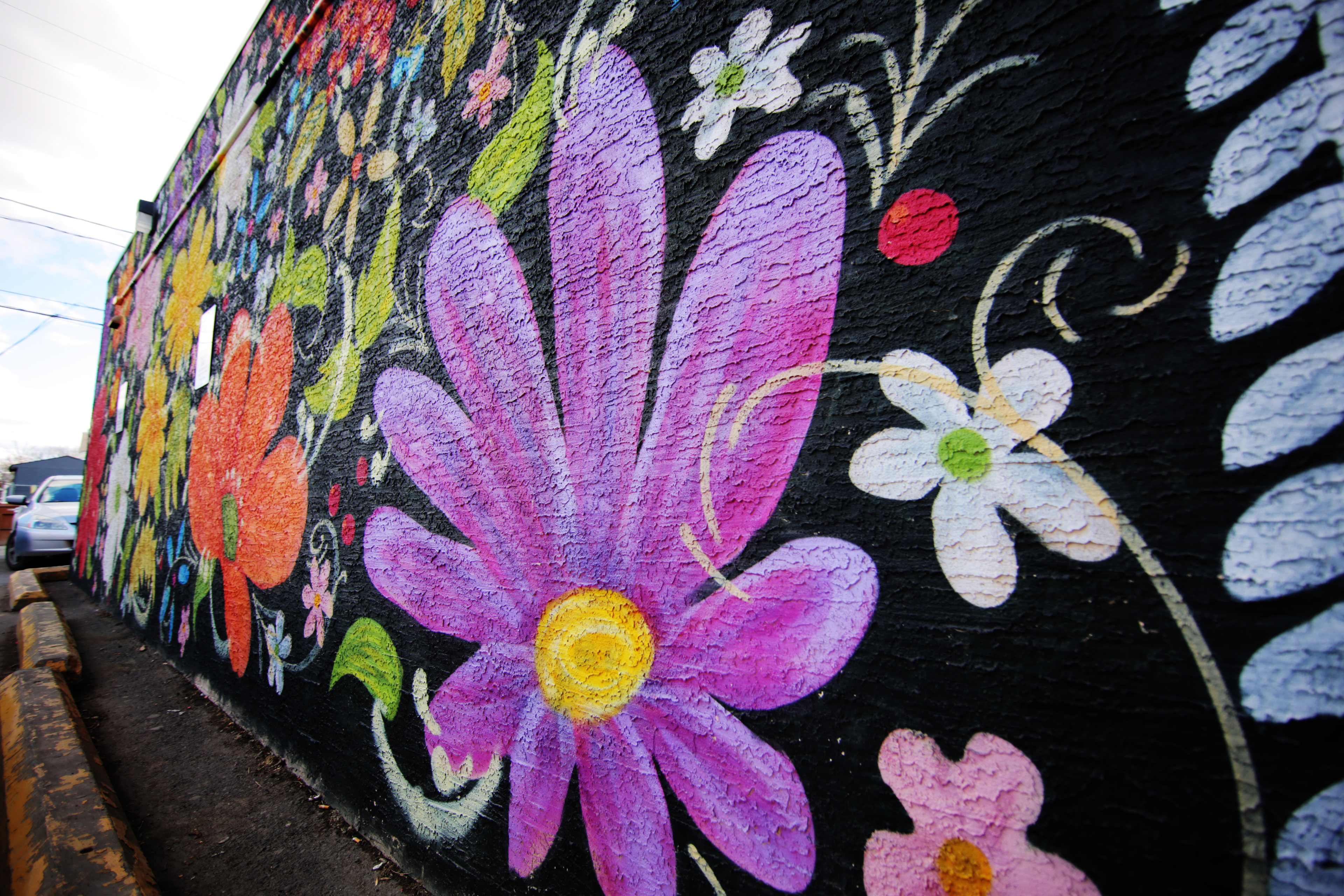
For young artists hopeful to start in the Queen City, Ironstand’s suggestions are to continue producing art and honing your skills. Having a body of work can help develop your own style and help figure out who you are. As well, get involved and network with other artists.
“Don't be afraid to introduce yourself to someone,” Ironstand said.
“Pursue whatever makes you happy,” is Jez’s advice for young artists. “It's a fleeting emotion and enjoy it when you have it.”
“The best thing you can do is just start on that path,” he said. “Really, whether you stumble or not, it's going to happen, but get back up, you'll get there eventually.”


